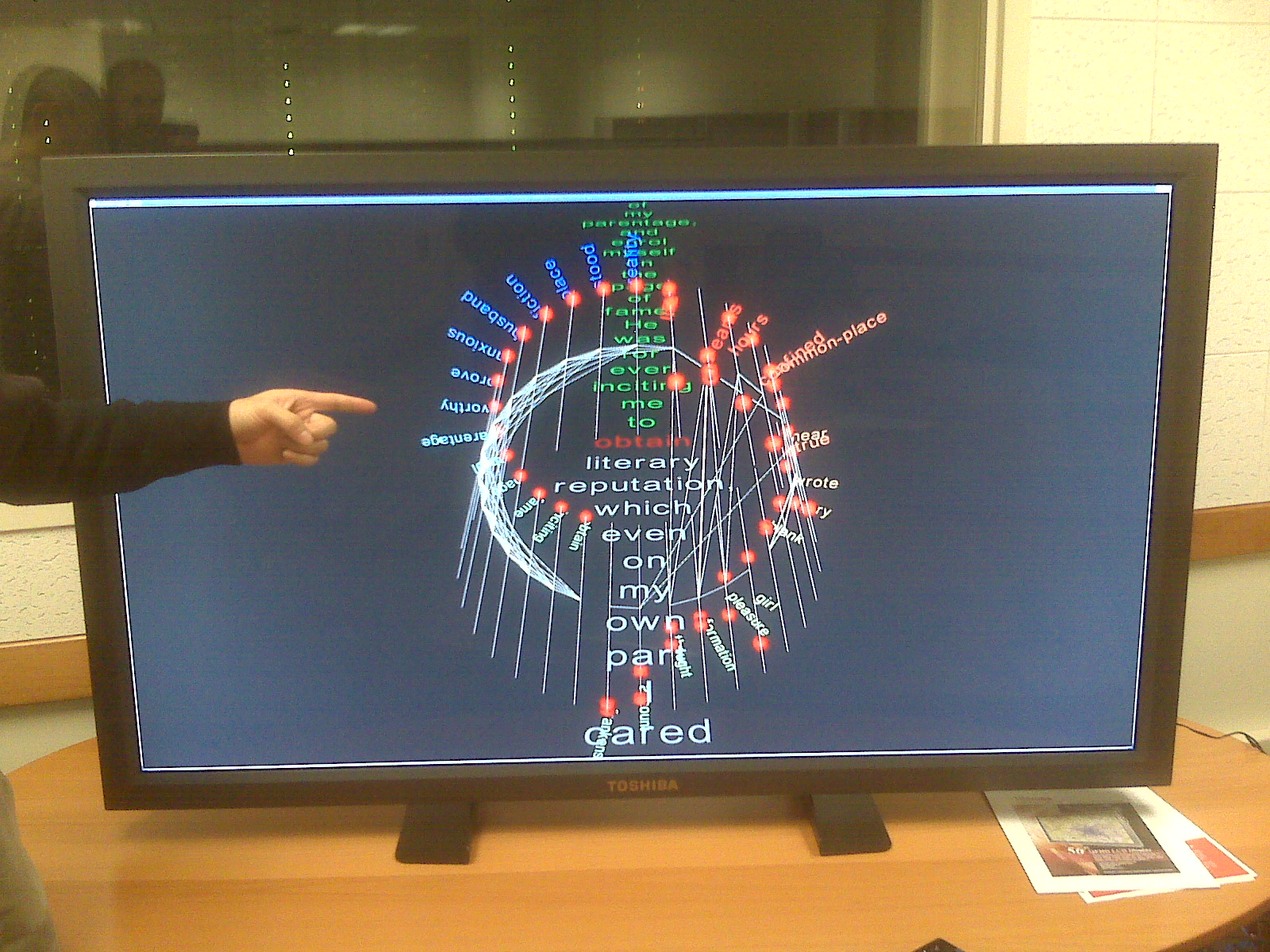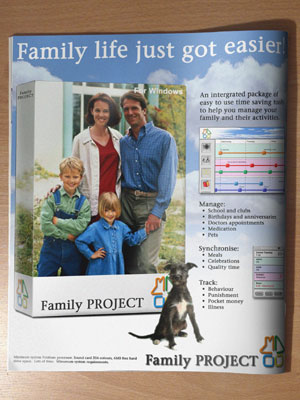The Charms of Wikipedia is a charming review essay about editing the Wikipedia by Nicholson Baker in the New York Review of Books (Volume 55, Number 4 · March 20, 2008). In the review essay he talks John Broughton’s Wikipedia: The Missing Manual, which is just that – a manual for editing the Wikipedia. Baker talks about trying to rescue articles proposed for deletion and concludes with,
My advice to anyone who is curious about becoming a contributor—and who is better than I am at keeping his or her contributional compulsions under control—is to get Broughton’s Missing Manual and start adding, creating, rescuing. I think I’m done for the time being. But I have a secret hope. Someone recently proposed a Wikimorgue—a bin of broken dreams where all rejects could still be read, as long as they weren’t libelous or otherwise illegal. Like other middens, it would have much to tell us over time. We could call it the Deletopedia.
This reminds me of another story about the Wikipedia and its founder, Larry Wales. It turns out that Wales has been dating the bizarre Canadian conservative Rachel Marsden (infamous in Canada for a harassment case with her SFU swim coach.) Wales apparently broke up with her on the Wikipedia and she is retaliating by selling his T-shirt on E-Bay. See the Globe and Mail story, Ms. Marsden’s cyberspace breakup: tit-for-tat-for-T-shirt by Siri Agrell, March 4, 2008. There is a longer article with links to the relevant materials from Fox, titled, Wikipedia Founder’s Fling With Columnist Ends in Nasty Public Breakup. There is some question as to whether he was using his position to sanitize her Wikipedia entry.




 Carnegie Mellon is going global with their
Carnegie Mellon is going global with their 